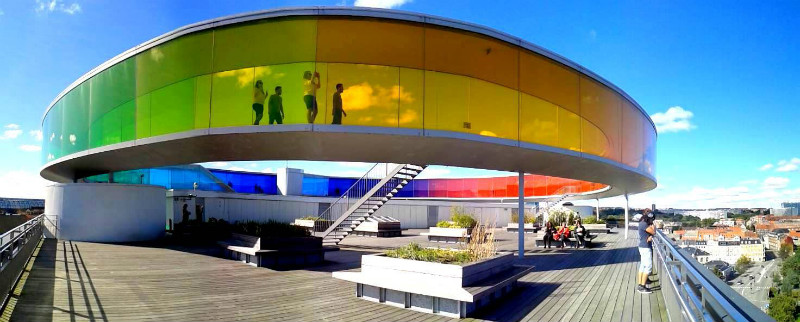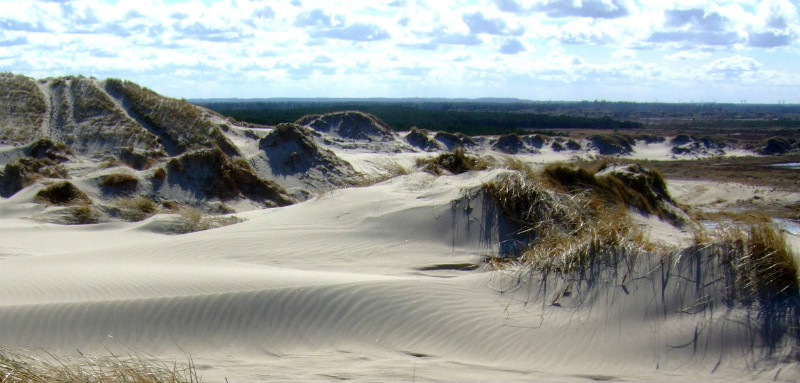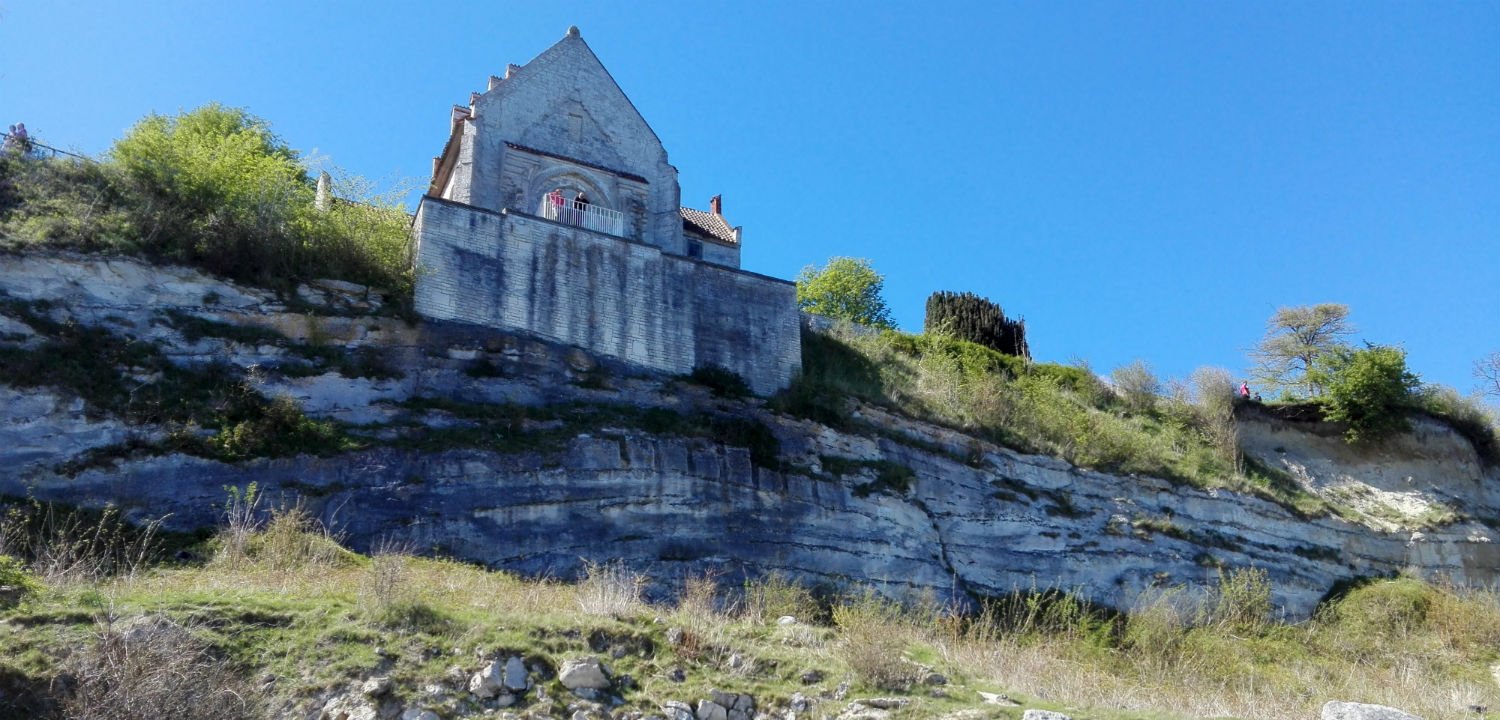I remember over three years ago before moving to Denmark I googled the facts about the country. The main things I remember finding were that there is ten days of sun per year, always windy, sarcastic people, many blond beautiful girls and tall guys.
And basically it was true except the weather. We really can not deny that global warming has effects all over the world and Denmark is not an exception, so lucky me I definitely had more than 10 sunny days.
Knowing that Copenhagen is pretty small and it is easy to visit and see the city in one weekend, should we be still interested in going for a longer time to Denmark?
My answer would be yes, just not because of any amazing cuisine. Oh, I really don’t like their brown sauce, ketchup, sausages and meat.
Denmark is a small flat, very flat actually, country that is made up of over one hundred islands and has almost twelve thousand kilometres of coast line. Thousands of windmills are scattered across the country, and on many days cover one hundred present of the energy the country needs. Mostly I would say it is a land of farmers with some natural beauties and interesting worldwide known objects to visit thrown in.
If you would just take a quick look on the internet then you could find many places to visit. Cities like the capital Copenhagen, Roskilde famous for it’s music festival, Odense the city of H. C. Andersen, Aalborg and others. Many places for hiking and cycling made easy by the flatness of the land, quite a few historical places related to the Vikings and many different zoos. I will write shortly about a few of them that I think are worth visiting.
Møns Klint and Stevns Klint
It was one of my biggest discoveries in Denmark! Can You imagine emerald water in the Baltic Sea?
Probably not and I don’t blame you, I didn’t either until I visited Møns Klint. It is a series of chalk cliffs on an island called Møn in the eastern coast. To reach the sea I needed to make over 400 steps down and then of course the same amount back up. Once with my family we did a couple of hours walk around the top – the cliffs are about 6 km long and over 120 metres high.
Another similar place is on the eastern cost of Zealand – Stevns Klint, not so high, but still really impressive and with an 800 year old church perching on the top of the cliff. Stevens Klint was was included in to UNESCO list of World Heritage Sites in Denmark.
Legoland
Now it is time to move west to the Jutland peninsula. And I can’t fail to mention Billund and its main worldwide known attraction LEGOLAND. The entertainment park was opened 50 year ago and had an educational mission combined play with learning. Today there are also Legoland parks in Germany, Japan, USA, England and so on, but this is the original and the birthplace of Lego. I would recommend it for families and suggest combining it with the nearby swimming park. If you want you can just stay in the resort that makes you feel completely a part of this strange all Lego bricks world.
Aarhus
It is situated on Jutland peninsula’s east coast and it is the second biggest city in Denmark. It is a very charming place with many sites to see. You could easily find some cosy coffee places with nice vegetarian and vegan dishes, full of young innovative people. There are also some good restaurants, so whatever else you do there, nice breaks are definitely going to happen.
The history of Aarhus starts with Vikings over one thousand years ago. There is an open air Old Town museum that was opened in 1914, and actually is the first of its kind in the world. The museum is located in beautiful botanical gardens that are presenting stories about four different climate zones and big greenhouse.
One more place that I would recommend to visit in Aarhus would be Aros Art Museum, you can easily lose all track of time in it. I was amazed by this museum and for sure didn’t expect such good exhibitions and a perfect spot to relax with wine and some snacks inside the museum. The most impressive were some interactive installations and the sculpture BOY by the Australian artist Ron Mueck. Then of course there is also something amazing on the roof, The Rainbow Panorama. It was created by the famous Danish/Icelandic artist O. Aliasson

Råbjerg Mile
Driving further north there is a place that is unique probably not just in Denmark but anywhere and it is called Råbjerg Mile.
What is it? It is a migrating coastal dune. Somewhere I read that it is the largest moving dune in Northern Europe. It is around two kilometres long surrounded by forest and bushes. For a moment I felt like I was in the centre of a desert and I had never seen dunes like this so far away from the sea. It was counted that it moves around 15 meters each year so probably after some years we will lose this amazing natural beauty.

Skagen
Just 17 km from Råbjerg Mile there is another interesting spot to visit. It is a small town called Skagen. Maybe you recognise the name because of the famous watch brand. I write about it not because of the watches though, but because it is the most northerly point of Denmark.
If you are interested in geography it is the place where the North Sea and the Baltic Sea meet. Every time I visited Skagen it was nice weather so it was perfect for a walk along the coastline to see how waves from different directions smash into each other. In case someone is feeling a bit more lazy, don’t worry there is also the chance to go by ‘tractor bus’.
I would suggest to everyone that they should just rent a car and drive a bit across Denmark, letting go of the thoughts that Denmark is just Copenhagen and Billund!

